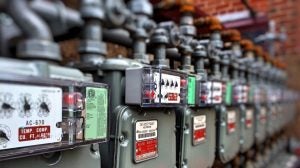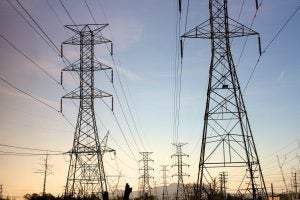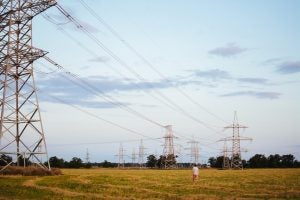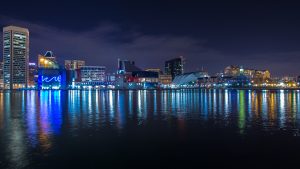 Everyone has a role to play in fighting climate change. Farmers can use new methods to rotate their crops that keep more carbon safely in the ground. Consumers can act with their wallets – buying goods and services that produce less carbon than competitors. Our elected officials, of course, have a lot of influence in setting the narrative and enabling support for climate progress.
Everyone has a role to play in fighting climate change. Farmers can use new methods to rotate their crops that keep more carbon safely in the ground. Consumers can act with their wallets – buying goods and services that produce less carbon than competitors. Our elected officials, of course, have a lot of influence in setting the narrative and enabling support for climate progress.
But around the country, in municipal buildings, state offices, and corporate headquarters, separate groups of people are busy designing and implementing changes that could have the biggest impact of all: a better, smarter, more modern grid.
Improving our electricity system could be the single largest climate fighting opportunity we have. But it’s not as simple as just putting solar panels on rooftops. Our grid was built over a century ago by different companies, cities, and co-ops. Pieces of it are owned and run by a dizzying web of stakeholders. Even if we could snap our fingers and spur all of these pieces to action, each player would manifest different versions of a “modern grid.”
Environmental Defense Fund (EDF) thus released a guide titled, “Grid Modernization: The foundation for climate change progress” [PDF], which outlines the six key categories that make up a sustainable grid modernization strategy. All of them are connected, either physically or digitally, or by legislation, regulation, or management. Most importantly, they’re connected by efficiency: If each of them is executed well, the whole grid modernization process will yield the best, most reliable, most affordable, and cleanest electricity system. Read More »
 Over the past few years, Environmental Defense Fund (EDF) has actively opposed FirstEnergy in several cases where it sought bailouts for its uneconomic coal plants. We will continue to do so.
Over the past few years, Environmental Defense Fund (EDF) has actively opposed FirstEnergy in several cases where it sought bailouts for its uneconomic coal plants. We will continue to do so.











 After a century in use, the American electric grid is on the precipice of transformation. The technology is here and customers are ready, but we need a modernized grid to unlock the clean energy future. Fortunately, utilities like AEP Ohio are taking advantage of the potential to lower pollution and customers’ energy bills by updating – and upgrading – their operations.
After a century in use, the American electric grid is on the precipice of transformation. The technology is here and customers are ready, but we need a modernized grid to unlock the clean energy future. Fortunately, utilities like AEP Ohio are taking advantage of the potential to lower pollution and customers’ energy bills by updating – and upgrading – their operations. The need to plan for and design a more efficient, cleaner, and resilient electricity
The need to plan for and design a more efficient, cleaner, and resilient electricity  Each year, dozens of utilities across the U.S. embark on a complicated process called a “rate case.” Presented to a state public utility commission (PUC), a rate case is a utility’s pitch for higher electricity prices for customers. For most utilities, a rate case only happens once every several years. So, all sides argue for the rules of the road by which the utility will operate until the next rate case. A rate case is also where state and local governments, along with consumer and environmental advocacy groups, seek cleaner, cheaper, and more customer-friendly prices, products, and policies.
Each year, dozens of utilities across the U.S. embark on a complicated process called a “rate case.” Presented to a state public utility commission (PUC), a rate case is a utility’s pitch for higher electricity prices for customers. For most utilities, a rate case only happens once every several years. So, all sides argue for the rules of the road by which the utility will operate until the next rate case. A rate case is also where state and local governments, along with consumer and environmental advocacy groups, seek cleaner, cheaper, and more customer-friendly prices, products, and policies.